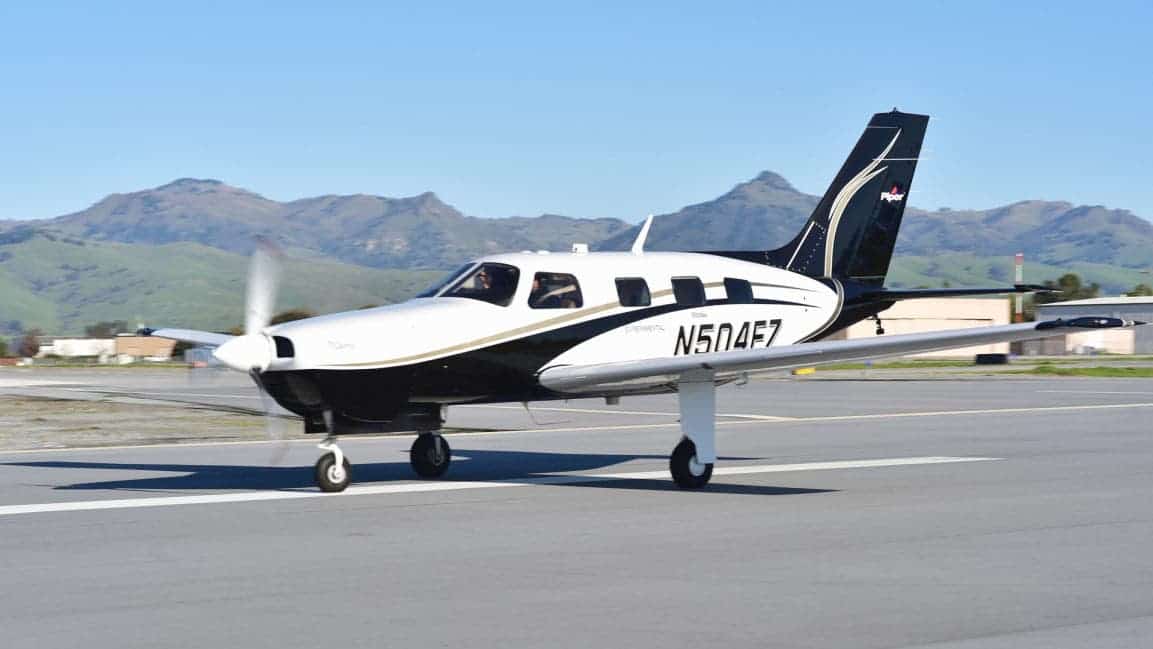A novel hybrid material that resembles metal foam could someday replace aluminum in the leading edges of aircraft wings.

The new material developed at North Carolina State University is a combination of a steel composite metal foam (CMF) and epoxy resin. The mixture is just as light as aluminum, but tougher and with additional characteristics that make it highly desirable for aerospace applications.
Afsaneh Rabiei, lead author of the new study, and colleagues call their hybrid material infused composite metal foam (CMF).
Metal foams are made of hollow, metallic spheres — usually made from stainless steel or titanium — that are embedded in a metallic matrix made of steel, aluminum or metallic alloys. This configuration makes metal foams incredibly light and tough at the same time. Tests performed by other researchers in the past showed that CMFs can withstand a .50 caliber bullet, as well as resist high temperatures and the blast pressure from a high explosive incendiary device.
For their study, the North Carolina State University researchers employed a steel-steel CMF, meaning both the spheres and the matrix were made of steel. They then infused the CMF in a hydrophobic (water-repelling) epoxy resin. Vacuum forces pulled the resin through both the hollow spheres and the tiny pores found in the steel matrix.
During one experiment, the researchers designed a head-to-head test between the infused CMF and aerospace-grade aluminum, which evaluated how the two performed in three key areas: contact angle (how fast water streams off of an aircraft’s wing), insect adhesion (how well bugs stick to the wing), and particle wear (resistance to erosion). All of these factors influence the performance of an aircraft’s leading edge.

The contact angle is simply a measure of how well water is repelled by a surface, such as an aircraft’s wing. If the wing builds up water, it can significantly lower the aircraft’s performance. In the new study, the researchers found that the infused CMF had a contact angle which was 130% higher than aluminum.
Meanwhile, the infused CMF also outperformed aluminum for insect adhesion, measured as the maximum height of insect residue that builds up on a material and by the amount of area covered by insect residue. The infused CMF had 60% better protection against insect adhesion with regard to height and 30% with regard to the surface area.
The CMF also fared better than aluminum in erosion tests — retaining a contact angle that was 50% higher than aluminum. This is particularly important from an economic standpoint since it implies a longer lifetime for a leading-edge wing made from infused CMF.
Aluminum’s mix of physical and chemical properties make it an extremely important material in our modern world, with applications ranging from making cans and foils to CNG storage options and of course, planes. Aluminum is an infinitely recyclable material, and its recycling is also very efficient — recycling takes up to 95% less energy than producing primary aluminum. However, researchers are increasingly looking at other alternatives that could be cheaper or more effective. In this particular case, the metal foam looks like a very promising option.
“Aluminum is currently the material of choice for making the leading edge of fixed-wing and rotary-wing aircraft wings,” Rabiei says. “Our results suggest that infused CMF may be a valuable replacement, offering better performance at the same weight.
“By the same token, the results suggest that we could use different materials for the matrix or spheres to create a combination that performs as well as conventional aluminum at a fraction of the weight. Either way, you’re improving performance and fuel efficiency.”
The findings appeared in the journal Applied Surface Science.






